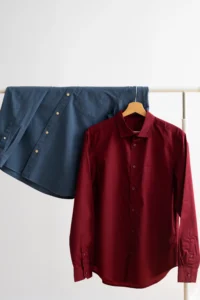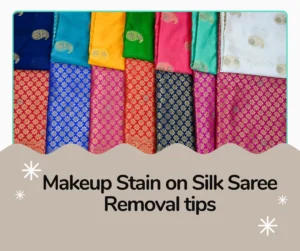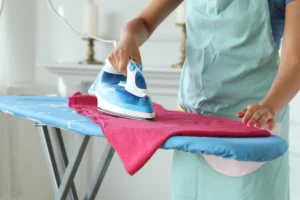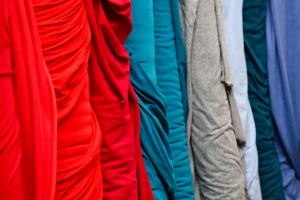
As a parent, figuring out how often to wash your child’s clothes can be a bit of a balancing act. On one hand, you want to keep their clothes fresh and clean, but on the other, you don’t want to overdo it and wear out the fabric or waste unnecessary time. Here are some expert tips on how to determine the right washing routine for your child’s clothes.
1. Wash After Every Wear for Heavily Soiled Clothes
If your child has been playing outside, eating messy meals, or has been particularly sweaty, it’s a good idea to wet wash their clothes after every wear. Stains and dirt can build up quickly, and waiting too long can make it harder to get the clothes truly clean. For items like socks, underwear, and clothing worn during outdoor activities, washing after each use is essential.
2. For Lightly Worn Clothes, You Can Stretch It
If your child only wore a shirt for a short period of time or just for a nap, you might not need to wash it immediately. Clothes that aren’t soiled or sweaty can often be worn a second time before needing a wash. Items like jackets, cardigans, or pants can typically go a few wears without a wash, especially in colder weather when they aren’t as likely to get dirty.
3. Consider the Fabric Type
Certain fabrics, like cotton, tend to get dirty faster and may need more frequent washing. On the other hand, synthetic fabrics or clothing made from more durable materials may be able to last a bit longer between washes. For delicate fabrics, like wool or silk, it’s best to follow the care instructions and only wash them when necessary to preserve their lifespan.
4. Watch for Skin Sensitivities
If your child has sensitive skin or is prone to eczema or allergies, it’s important to wash their clothes more frequently to remove any allergens, dust, or irritants. In this case, hypoallergenic detergents and skipping the fabric softener may also be helpful to avoid skin reactions.
5. The Importance of Smell Test
One of the simplest ways to know when to wash your child’s clothes is the smell test. If clothes smell fresh after wearing, they may be fine to wear again. But if they’ve accumulated odors or feel damp from sweat, it’s time to throw them in the wash.
Conclusion
In the busy world of parenting, finding the right laundry routine is key to staying organized and keeping your child’s wardrobe in good condition. By washing clothes based on activity levels, fabric types, and your child’s specific needs, you can keep their clothes clean without over-washing or wasting time.
Need help with laundry? Firefly Campus Laundry is here to provide fast and reliable cleaning for your child’s clothes, so you can focus on the important things. Contact us today!







 Starching clothes is a popular method for achieving a crisp, polished look, but does it actually help in preserving the longevity of your garments? Many people use starch to make their clothes appear neater and to reduce wrinkles, but what about the potential for wear and tear? In this post, we’ll explore how starching affects your clothes and whether it can truly help prevent damage over time.
Starching clothes is a popular method for achieving a crisp, polished look, but does it actually help in preserving the longevity of your garments? Many people use starch to make their clothes appear neater and to reduce wrinkles, but what about the potential for wear and tear? In this post, we’ll explore how starching affects your clothes and whether it can truly help prevent damage over time. 1. Gentle on Delicate Fabrics
1. Gentle on Delicate Fabrics